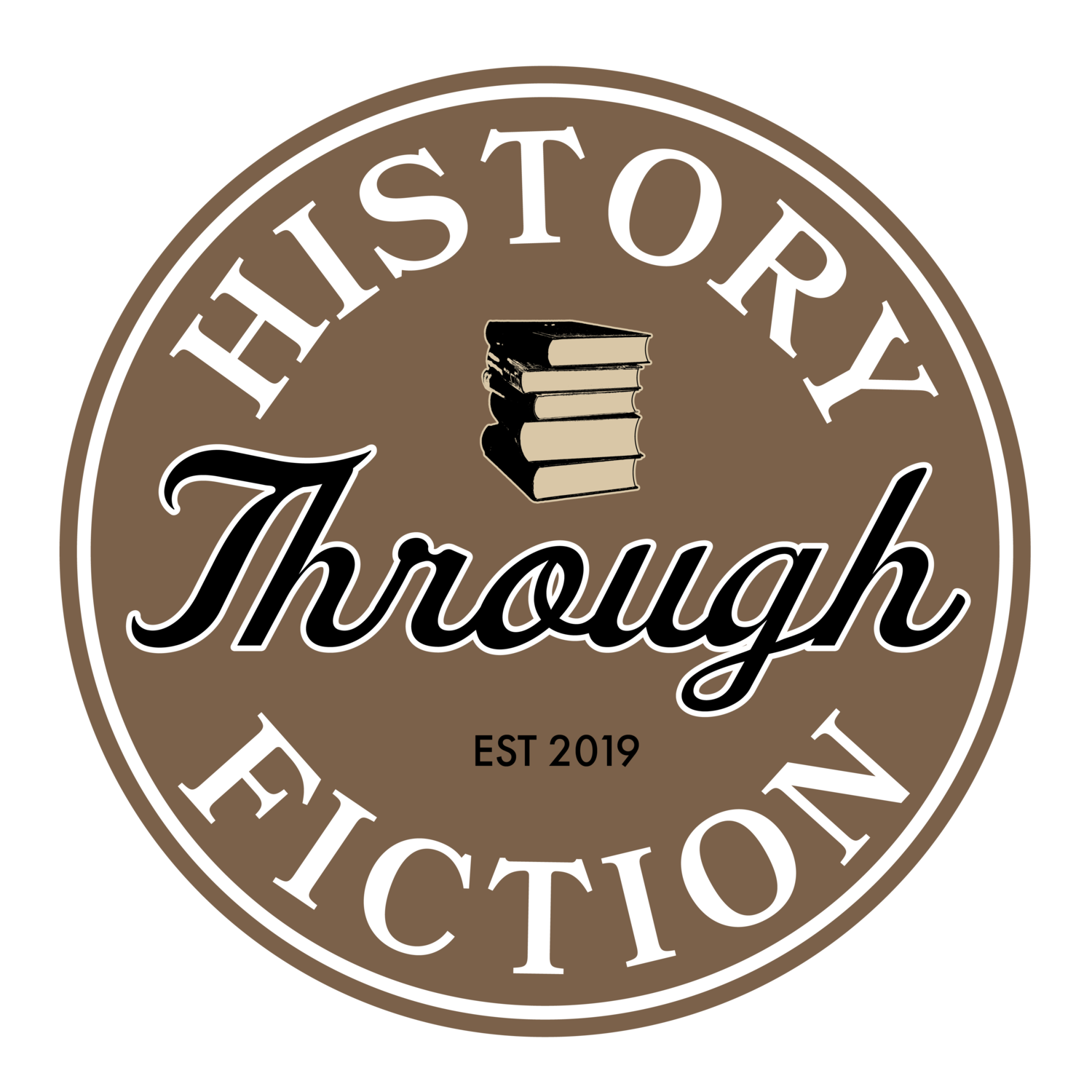National Novel Writing Month - Show vs. Tell
Often, fiction writers are told that they need to “show” rather than “tell”. Almost every fiction writer has received this kind of criticism before. It seems simple and straightforward, but, for me, has been one of the most difficult concepts to recognize and understand. What’s wrong with “telling”, I thought? Or, what’s so great about “showing”? The fact is, all writers, effective and ineffective, use “showing” and “telling” in their narratives. But the best writers know when and how to use both to create a compelling and satisfying story. For National Novel Writing Month, I’d like to comment about showing versus telling and when and how to use both effectively.
Showing in fiction writing is considered a dramatization of events in which the reader is given an objective, “eyewitness” account of actions and events. Telling is considered narration in which information is directly communicated without room for interpretation. Both are important and necessary. Telling helps the writer establish his or her voice while also providing important contextual information that cannot be easily conveyed in any other way. Think of a newspaper report—it provides facts, details, names, and settings in a way that is indisputably true and exceedingly informative. It leaves very little room for interpretation. Showing, on the other hand, allows the reader to infer information. Usually, that information entails personality traits of the characters, details of the setting, or important plot points that move the story forward or foreshadow future events or confrontations. When the writer is showing she or he is providing keen observations that have a direct correlation to facts and details, but don’t expressly inform the reader of those facts and details.
But why? Telling can provide so much more information in a smaller space than showing can, right?
Yes, telling can provide more direct information about your settings, characters, and plot than showing can. But telling is a way to give a report, not write a story. That’s because a story has a different purpose than a report and should ultimately have a different impact on the reader. Reading a story is a conscious endeavor with a subconscious effect. In order to enjoy a story, a reader must be involved in the characters and outcome. That cannot be accomplished through telling. By showing the reader what happens, the reader becomes subconsciously involved by inferring—or filling in the blanks—about your characters and plot. The reader can imagine what is happening and draw his or her own conclusions about what motivates the characters and why. In the end, this has the effect of creating an emotionally moving, often satisfying response from the reader. Telling, on the other hand, merely gives the reader information and a surface-level response that is not impactful or moving.
Consider a very simple example—If you write a scene in New Mexico, it would be ineffective tell the reader that your character is in New Mexico. It would be more effective to show the reader that your character is in New Mexico by describing the pueblo-style adobe buildings, or by describing the extreme dry heat that has caused your character’s lips to chap, or by describing the arrid, cracked land spotted with short, prickly sagebrush and deep, wide arroyos…and so on. By showing the reader details about the land, the reader will infer that your character is in New Mexico. When the writer combines enough scenes like this together in each paragraph, chapter, and throughout the entire novel, the result is a deeply moving, satisfying story that the reader has played a role in subconsciously.
You cannot and should not eliminate telling from your writing entirely. Remember, telling establishes your voice as a writer and it allows you to provide important background and contextual information. And, telling can be especially useful when writing a first draft. Sometimes you just need to write your story down, then, read what you wrote and look for spots that you can show the reader rather than tell. This often includes important personality traits about your characters. Don’t just tell your reader, for example, that your character has a propensity to anger, show them. Don’t just tell your reader that your character is compassionate, show your character putting the last of her savings into a Salvation Army red kettle—your reader will be able to infer that your character is compassionate and will be much more satisfied because of it.
Writing Exercise
Think of someone you know well. Write a paragraph describing that person—personality, physical characteristics, mannerisms—as if it were a newspaper report. It should be straight forward and succinct, providing as much information as possible while using a small amount of words.
Now, write a paragraph (or two, three, four…) about the same person, revealing the same information in the first paragraph through actions, anecdotes, and indirect descriptions. Help the reader make inferred conclusions about this person without directly telling them anything about the person.
Finally, combine the best, most effective parts of both paragraphs to create a compelling character sketch that uses both telling and showing.
Colin Mustful is the author of four historical novels about Minnesota settlement and Native history. He has an MA in History and an MFA in Creative Writing. He is the founder and editor of an independent press called History Through Fiction. Colin is available for public speaking events and author signings and can be contacted through his website, www.colinmustful.com. If you have a historical novel to be considered for publication or you are looking for editing services please visit History Through Fiction at www.historythroughfiction.com.
Sources:
Alice LaPlante, “the making of a story,” W.W. Norton & Company, 2007.
Roy Peter Clark, Writing Tools: 50 Essential Strategies for Every Writer, Little, Brown and Company, 2006.
Learn more about National Novel Writing Month – #NaNoWriMo
